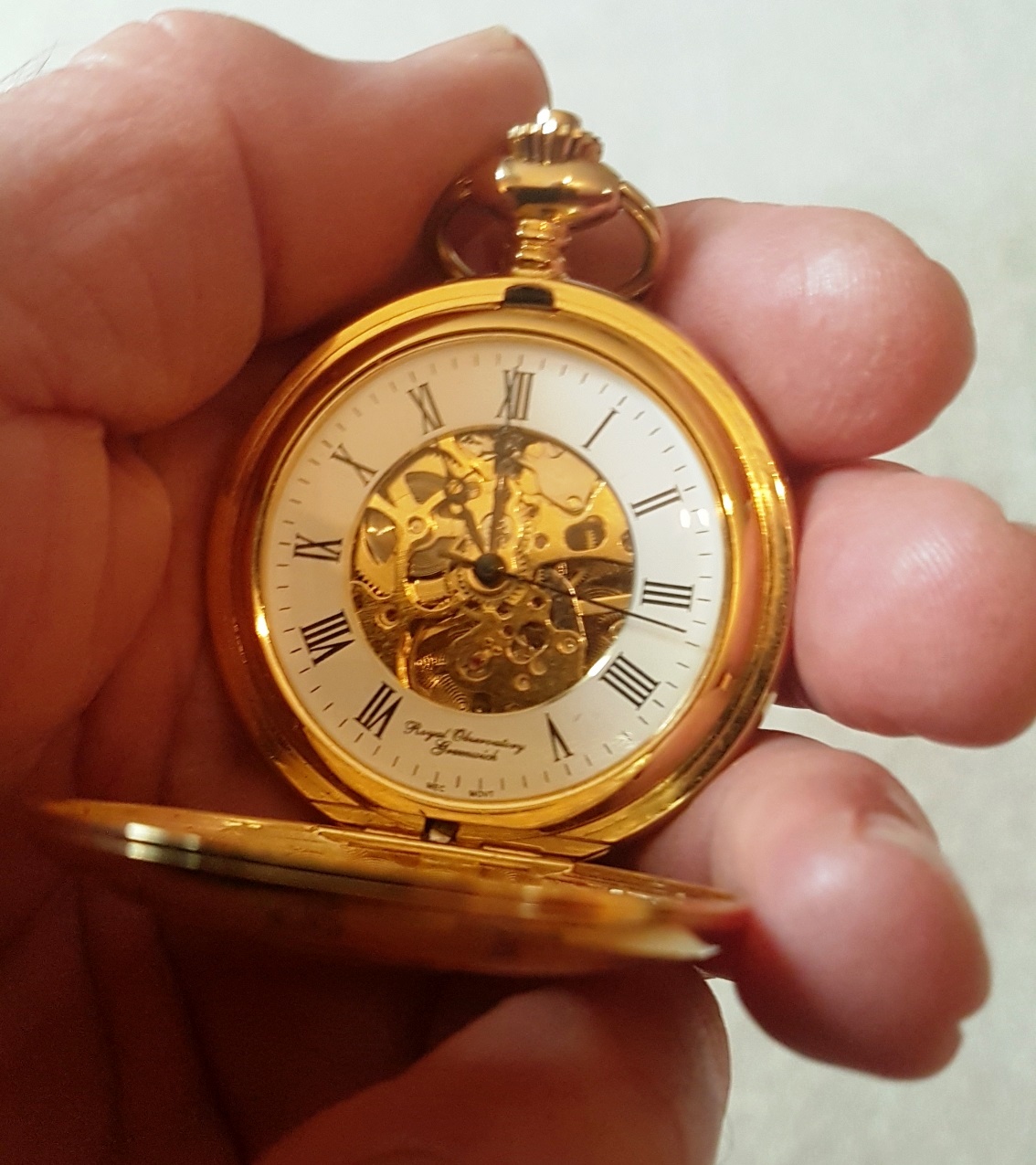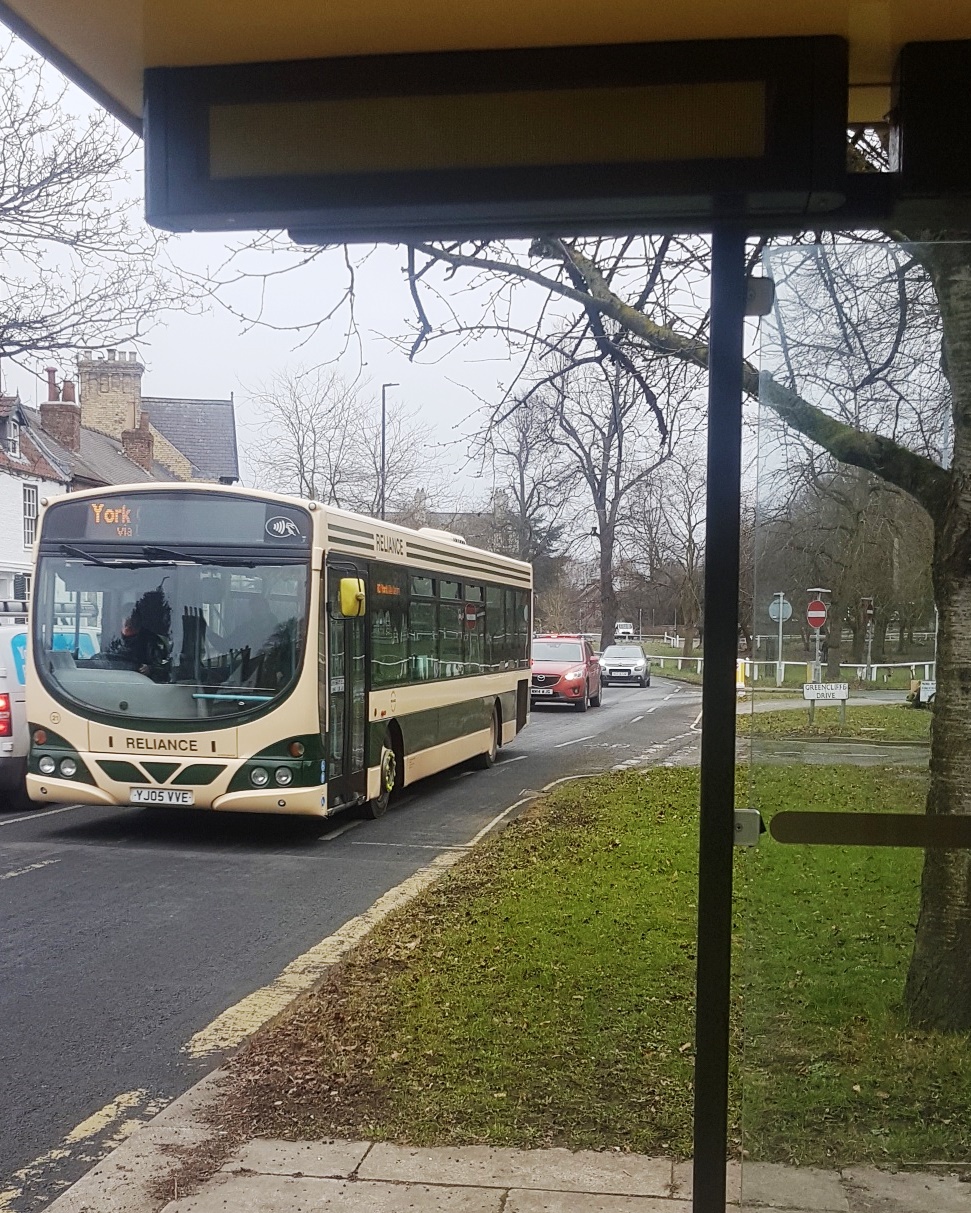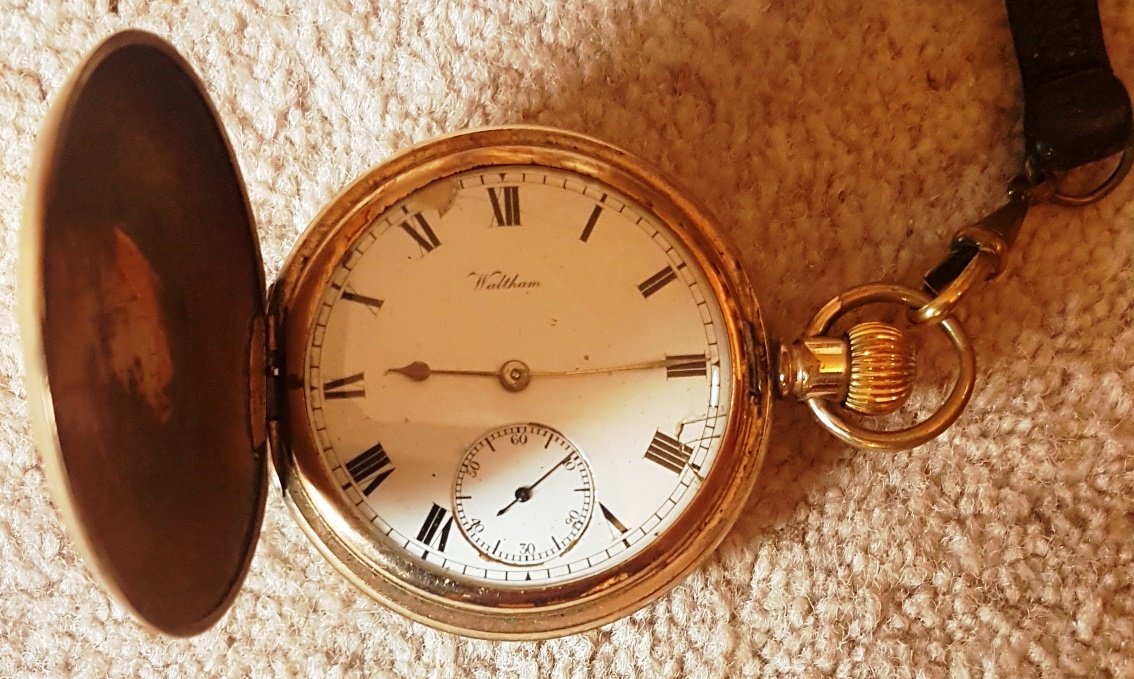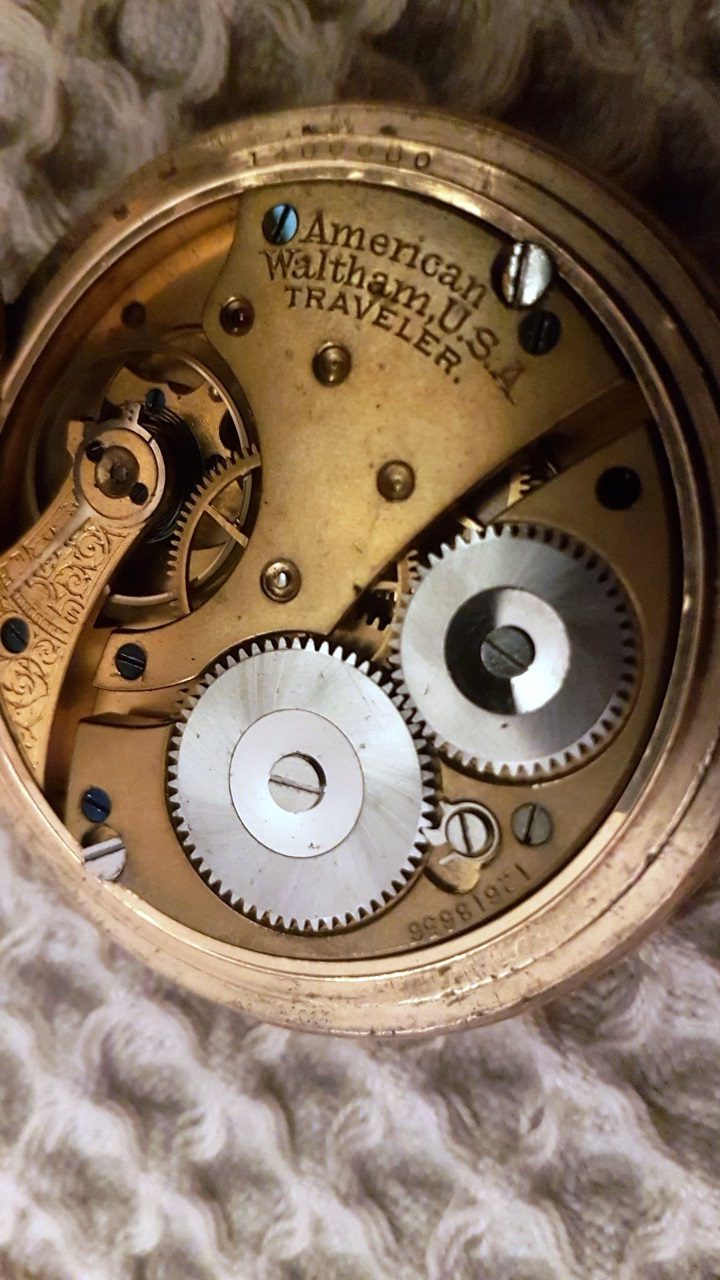
Five and twenty past seven. Nearly half past ten. Just gone quarter to eight. These are some words you won’t typically hear in a digital age. And I for one think we have lost something as a result.
Really, who actually needs a clock or a watch these days? And especially analogue ones?
After all, your computer constantly gives you the correct time with irritatingly unnerving precision. And we all know we waste too much time staring at the screen where the time constantly displays in the bottom right hand corner, more often than not ticking off hours and minutes that could be so much better spent.
And even there, I am showing my age. I recognise that nowadays people spend more time on their ‘mobile devices’ (how soulless a title is that?) than on their desktops. And the time is there too, in fabulous digital accuracy – 07.25, 22.29, 07.47 – always readily accessible.
All aboard
Even bus-stops now feature a digital display showing the current time and, with pinpoint precision, the exact time the next bus will arrive. No more glances at frantically tapped wristwatches and anxious over-acted peering down an empty street with the fearful worry that the bus might not turn up at all. Some of the excitement and frisson of travel by public transport has been lost as a result!

Back to the future
Digital displays tell you absolutely what time it is and – don’t get me wrong – I am the first to acknowledge how useful that can be.
But what they don’t tell you is what time it has been, or what time it is going to be.
Don’t do the maths
My meeting is at half past ten. I glance at my analogue clock which tells me it has just gone five past ten. I can see in an instant how long before the meeting starts. It is there in almost half a dial of the clock. I don’t have to do any mental mathematics – additions or subtractions – to know how many minutes I have left to prepare (which for Zoom sessions mostly involves making a cup of tea) before the meeting starts. I can see at a glance. I know more than merely what time it is now – I know what time it is going to be.
I do still remember the era – the 1980s I guess – when filling stations started selling digital watches at £1.99 each – garish metal bracelets, ugly rectangular faces, time and date set by prodding the point of a pin into a dimpled recessed button in the side repeatedly in a process of trial and error. The whole device served its utilitarian purpose quite gracelessly before being thrown away in a matter of weeks or months, once the battery failed.
The device was functional, but much of the romance around the concept of time was lost at that point.
The romance of time
The old fashioned analogue clock face shows you the whole day – all twelve hours of it – and tells you the time in that context. Its hands point you to where you are in the overall shape of the day. Stare long and hard at the minute hand and you will see it moving through time – not flipping at the end of each minute into the next, but edging inexorably forwards towards what time it is going to be in the future.
Holding the past – promising the future
And timepieces help to hold onto the past and promise to shape a future too. No-one will hand on their latest smartphone, as an heirloom or keepsake, to their children or grandchildren. They hold no sentimental attraction. They speak nothing of the people who have owned them.

But often, snugly in my pocket, I carry the watch that once belonged to my grandfather, and another pocket watch that my children bought me collectively for a recent birthday. They both have a timeless appeal and I treasure them.
They tell me what time it is, they tell me what time it has been since long before I was born. As importantly, they hold the tantalising promise of a long and lasting future to be passed on to the next generations.
*

My grandfather died in 1968. His pocket watch is the only memento of him I have. It is an American Waltham Traveler, of which around 285,000 were produced. Many are still in circulation and are doubtless treasured by their owners. My grandfather’s was probably made in 1903.
I’ll do a separate post telling its story as best I can. Meanwhile, almost 120 years on, it still keeps perfect time.
Sandra Cavey
I do. The comforting tick of a time gone by. A distant remembrance of a flickering fire and the warm embrace of someone close.
And yet the irony is that analogue watches from Swatch, Tissot, Junghans and others continue to sell well.
Good point Ron, thanks. Another reader commented on the fact that the watch is a fashion accessory rather than a time-teller. Interesting too the feedback I have had from parents talking about how their children have lost the ability to read a clock and tell the time. Should we mind? Does that count as progress?